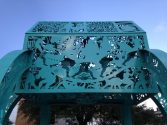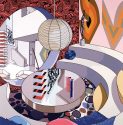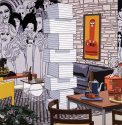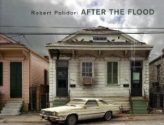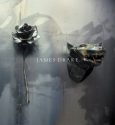An internationally acclaimed artist whose work has been honored with inclusion in both the Venice Biennale and the Whitney Biennial, James Drake has explored political, social, and universal themes through the media of sculpture, video, installation, photography, and drawing. James Drake, the first monograph devoted to the artist, surveys thirty-five years of Drake’s work up to 2007.
Many of the works reproduced in James Drake reflect the artist’s preoccupation with borders. Some have to do with the political border between the United States and Mexico and the inherent social and psychological tensions of people living in its extreme and unique environment. Other works explore the internal boundaries that people experience as a result of attitudes, prejudices, power, control, and arrogance. Jimmy Santiago Baca’s narrative poem Huitzilopochtli, a personal response to Drake’s work, provides a verbal counterpart to the artist’s theme of border-crossing.
Read More
